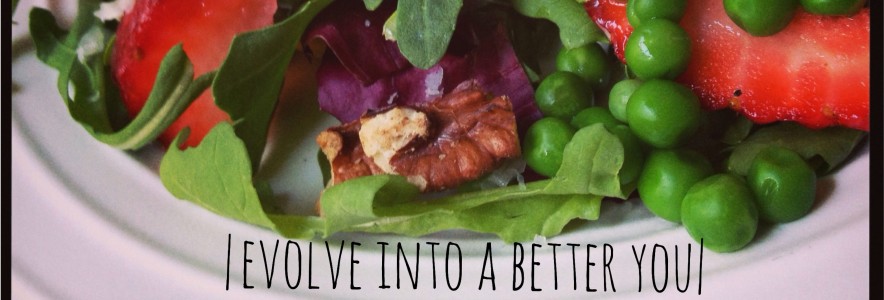Salt.
Has the ability to make anything delicious. Including Caramel Mochas from Starbucks. Obsessed with those. The salt they sprinkle on top is one of my favorite parts. (Yes, I do indulge now and then.)
I digress….
So, I present to you a post on salt. Specifically sea salt. But lets talk basics first.
What is salt?
Salt is a mineral known as Sodium Chloride (NaCl).
Where does salt come from?
1. Underground in rock form
2. The ocean
Check out some awesome pictures here of ways other countries produce salt. Beautiful shots.
What are the differences between sea salt and table salt?
The major difference lies in the processing. Sea salt comes from the evaporation of sea water and contains trace elements and minerals. These minerals can add a different flavor or color to the salt.
Table salt is normally mined from underground salt deposits. It is highly processed to eliminate the minerals/elements and usually contains an additive to prevent clumping. Table salt usually has added Iodine, which sea salt does not.
Does my body need salt?
Yes. In limited amounts. Sodium plays a very important role in many body functions (balancing fluids, nerve impulses, contraction/relaxation of muscles, etc.).
How much salt should I be eating a day?
Because salt is good for food preservation, it is found in a lot of processed, pre-packaged foods. This is where most American’s salt intake will sneak in.
The recommended amount of sodium is 2,300 mg of sodium per day. However, the Mayo Clinic states that if you are over 50 and have high blood pressure, limit your salt intake to 1,500 mg per day.
1 tsp of salt contains 2, 325 mg of sodium. Wow!
That adds up fast!
The average American eats at least 1.5 tsp of salt a day (fact from the CDC).
I also found this interesting fact online….
“…the Center for Science in the Public Interest reports that Denny’s 2 egg breakfast scrambled with bacon, ham, sausage and cheddar contains an astounding 3,180 mg of sodium. The typical order of beef with broccoli and rice at a Chinese restaurant contains 3,150 mg of sodium. Some foods naturally contain sodium, including milk, vegetables and meats.”
Wow!
What happens if I eat too much salt?
A consistent high level of sodium intake can increase your risk for high blood pressure, kidney disease, and causes bloating and swelling. (It is easy for me to notice a difference in my body after I eat something high in sodium by the way my wedding rings fit. If they are loose, my sodium levels are good, if they are tight, I need to cut back).
What are some ways I can limit my sodium intake?
1. Avoid processed/pre-packaged foods
2. Always ask for low-sodium soy sauce in restaurants
3. Make your own chicken/vegetable stocks (avoid bullion cubes).
4. Try to first add flavor with spices, lemon juice, or fresh herbs.
5. Always rinse your canned beans/veggies.
6. Always grab the “low sodium” option as you can always add more if necessary.
7. Try to eat fresh foods over frozen foods. Foods that are frozen have added sodium to help with preservation.
What type of salt do I use?
The less processed option, sea salt!
Hope you learned something new today!
Cheers and happy evolving!

